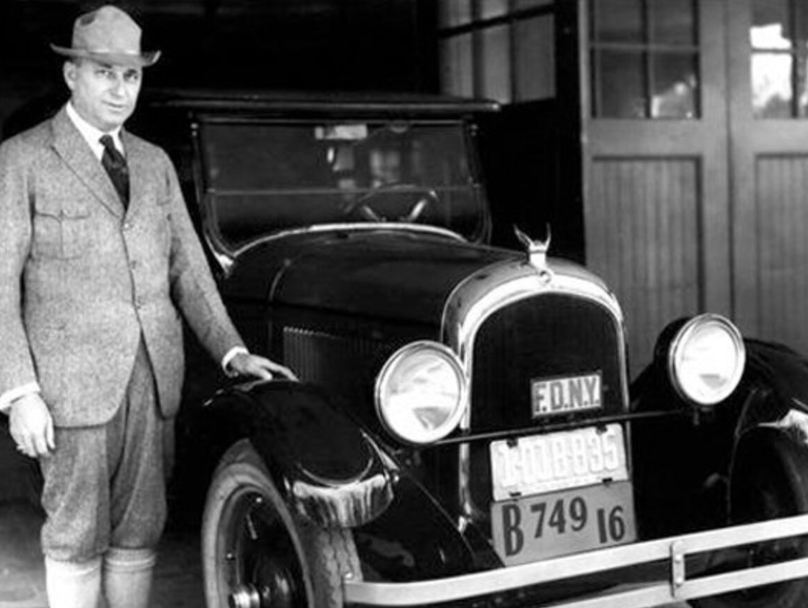The story of the Chrysler Corporation, one of the “Big Three” American automakers, began with the rise and fall of a company known as Maxwell Motor. Founded in 1904 by Jonathan Dixon Maxwell and Benjamin Briscoe, the Maxwell-Briscoe Company initially thrived as one of the top car manufacturers in the United States. At its height, the company produced more than 100,000 vehicles annually, making it one of the leading automotive firms in the country. Maxwell cars were known for their reliability, durability, and affordability, appealing to the growing American middle class.
However, the good times did not last. By the 1920s, Maxwell was struggling financially due to poor management decisions and the impact of World War I on the global economy. The company faced increased competition from rivals like Ford and General Motors, who had more efficient production methods and greater financial backing. By 1921, Maxwell was on the brink of collapse, producing a limited number of cars and facing enormous debts. This dire situation set the stage for a pivotal moment in American automotive history.
Enter Walter P. Chrysler, an experienced auto executive who had already earned a stellar reputation in the industry, first as an executive with Buick and later through his work at Willys-Overland. In 1921, Chrysler was recruited to help restructure Maxwell, which by then had merged with Chalmers Motor Company in an attempt to stay afloat. Chrysler agreed to come on board, but only under the condition that he would have full control over the company’s operations and a mandate to rebuild it from the ground up.
Chrysler’s strategy for saving Maxwell involved both engineering and business innovations. One of his first moves was to introduce the Chrysler Six, a car that embodied high-performance engineering at an affordable price, featuring an advanced six-cylinder engine. This car helped revitalize the Maxwell brand, but Chrysler had larger ambitions. In 1925, Chrysler officially reorganized Maxwell into the Chrysler Corporation, bringing with it a renewed sense of purpose and vision for the future. Under his leadership, the company launched a range of successful models, positioning itself as a serious competitor to Ford and GM.
The Chrysler Corporation quickly became known for innovation. It introduced the first practical mass-produced car with hydraulic brakes and pioneered advancements in automobile safety and performance. By 1928, Chrysler acquired Dodge, expanding its portfolio and solidifying its position in the American automotive market. What began as a failing enterprise in Maxwell Motor was transformed into one of the most successful automakers in history under Walter Chrysler’s leadership.


